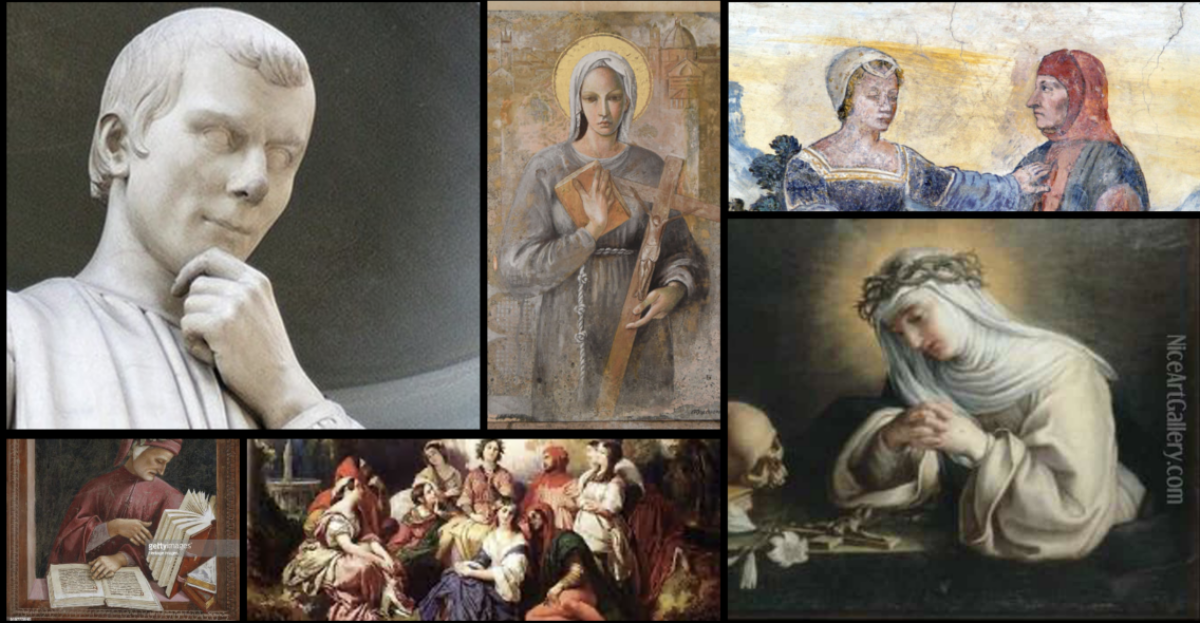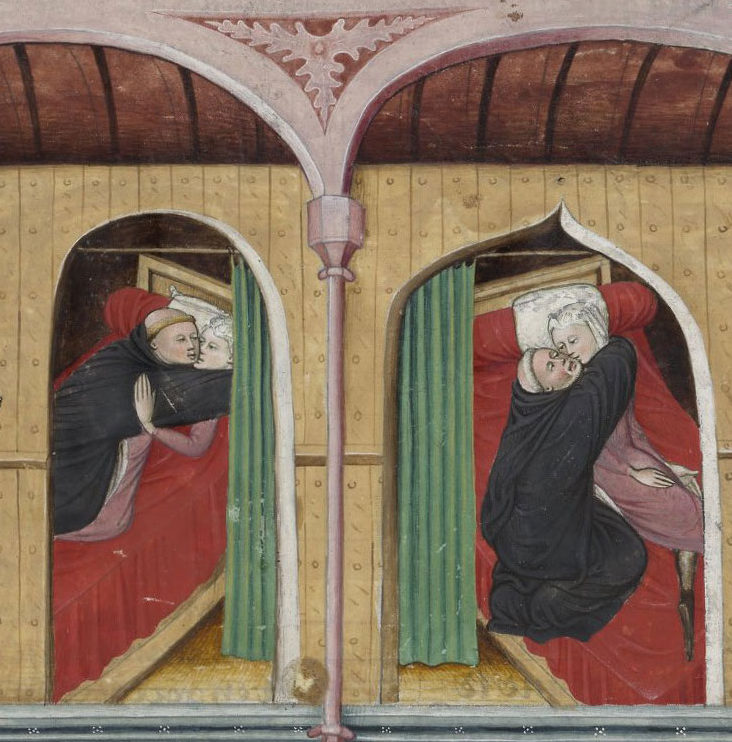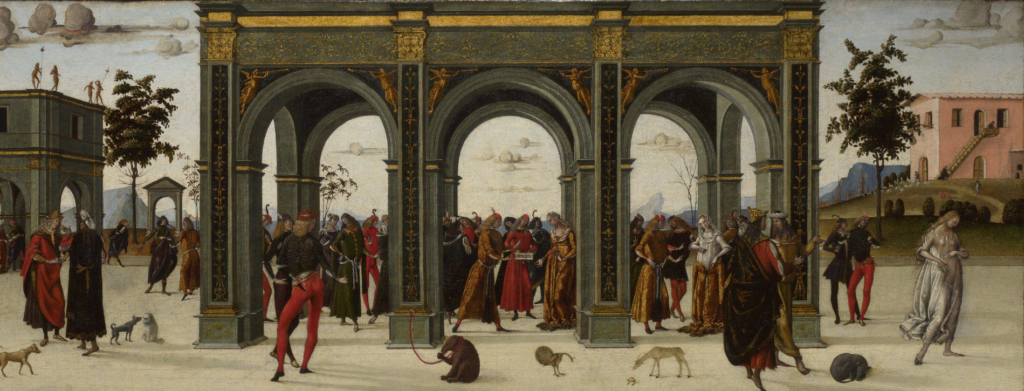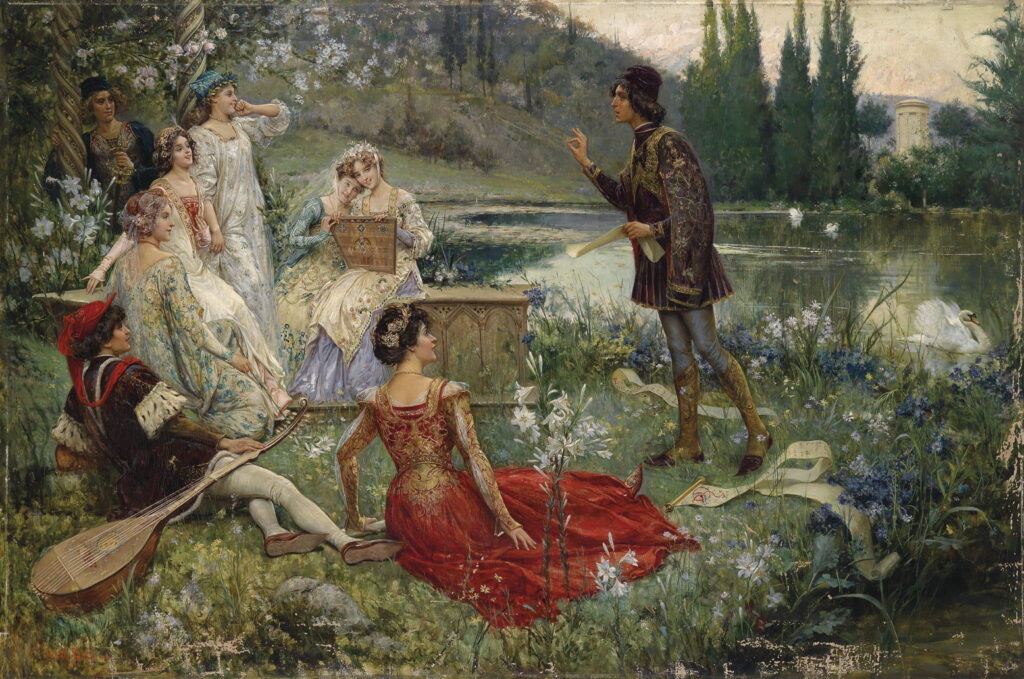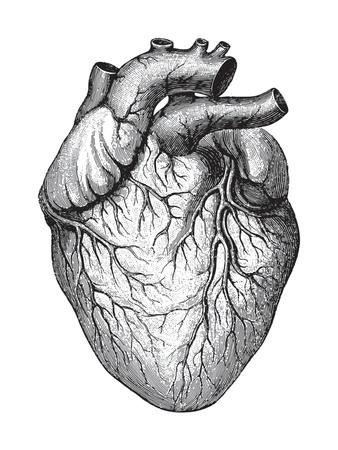Reading through the stories of the Decameron, we see many instances in which there are “unlucky” or “unfortunate” situations, causing a bad ending; but we can also see how some people have been blessed with good fortune, resulting in a good ending. What stands out to me and interests me more would be those with “bad fortune”. We can see many cases of bad fortune in day 4, where love ends unhappily.
In day four, stories one and five, with Ghismunda and Lisabetta, they both fall in love with a man, but their family intervenes and kills those men. When I first read these stories, I believed that the family members of Ghismunda and Lisabetta were evil for doing this, but after reading “The Conception of Fortune in the Decameron” by Vincenzo Cioffari, it leads me to believe that it isn’t completely due to their corrupt morals; but that fortune played a big part in these heinous actions done by Tancredi (Ghismunda’s father) and Lisabetta’s three brothers.
To build more on this, let’s talk a little about Tancredi. “Never was daughter more tenderly beloved of father than she of the Prince, for that cause not knowing to part with her, kept her unmarried for many a year…” (Decameron, day 4, first story). Tancredi the prince, was blessed with good fortune to have a beautiful daughter that he loved with all his heart. We can see that because he loved her so much, he didn’t want her to marry. Not knowing how to part with her, he has a strong desire to “protect” her. To keep his “good fortune”. “In the Decameron the primary function of Fortune is to determine the outcome of a course of action: to help toward a successful accomplishment if Fortune is favorable…” (Ciofarri, 130). With Tancredi’s actions, we see how this is true. By keeping Ghismunda unmarried, he wanted to keep his “good fortune”. But when she fell in love, Tancredi felt threatened that his “fortune” would be taken away, causing him to murder Guiscardo, the man Ghismunda loved.
The fifth story of the fourth day presents how bad fortune can affect one’s actions. In the fifth story of the fourth day, Lisabetta falls in love with Lorenzo, a man who works with her three brothers. Unfortunately, her brothers find out and kill him. Eventually, Lisabetta finds out and decides to preserve Lorenzo’s head. She decides to put his head in a pot and plant basil, “Fostered with such constant, unremitting care, and nourished by the richness given to the soil by the decaying head that lay therin, the basil burgeoned out in exceeding great beauty and fragrance.” (Decameron, day 4, fifth story). Here we see Lisabetta faced with bad fortune, having her love killed by her brothers. We can see how this bad fortune caused her to do crazy actions. “Human reason and will do enter into the activity of Fortune, but not to dominate the fortuitous events” (Cioffari, 130). We can see that here, where Lisabetta’s decides not to overcome what happened to Lorenzo, but instead try to stay with Lorenzo, or have him close to her.
This is why fortune in the Decameron interests me, as it can be seen as a big factor playing in the actions of the characters. It was very interesting to read other stories, seeing how the characters reacted in different ways to their fortune, good or bad.
Citations:
Cioffari, Vincenzo. “The Conception of Fortune in the Decameron.” Italica, vol. 17, no. 4, American Association of Teachers of Italian, 1940, pp. 129–37, https://doi.org/10.2307/476489.
Decameron web. Decameron Web | Texts. (n.d.). https://www.brown.edu/Departments/Italian_Studies/dweb/texts/DecShowText.php?myID=nov0101&lang=eng.
